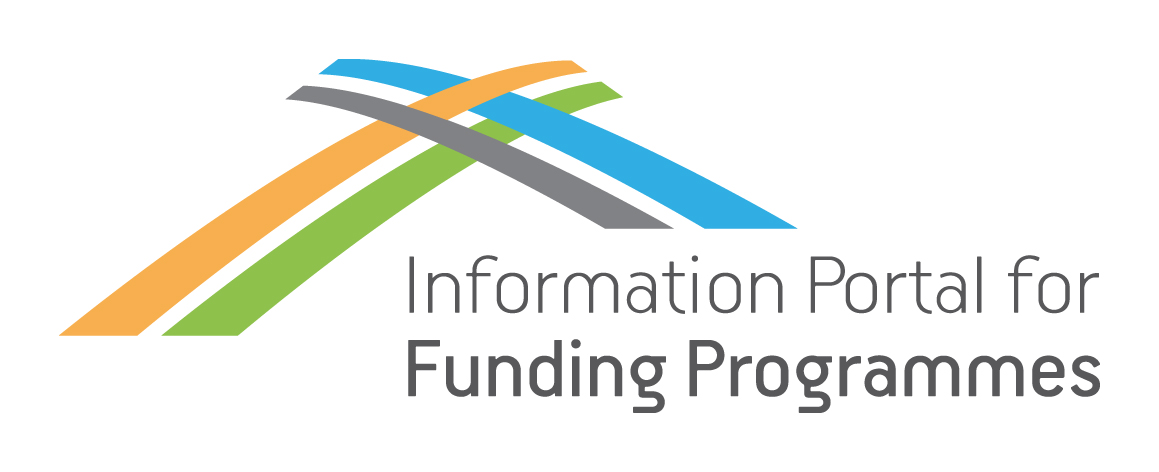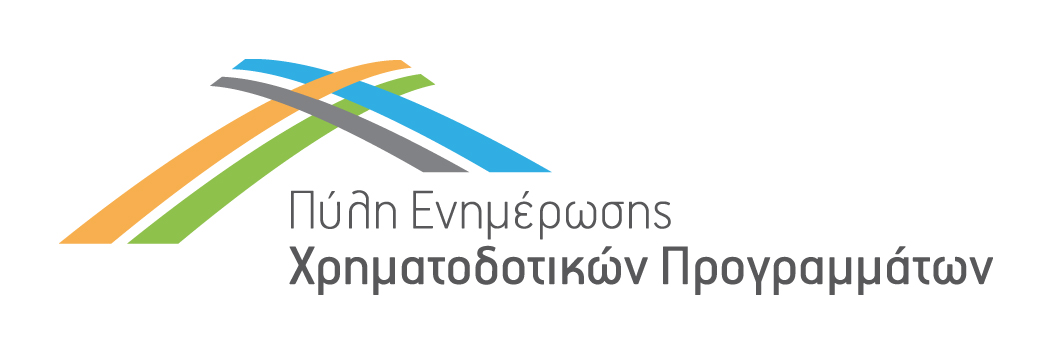Programme Category
Programme Name
Programme Description
Horizon Europe is the European Union (EU) funding programme for the period 2021 – 2027, which targets the sectors of research and innovation. The programme’s budget is around € 95.5 billion, of which € 5.4 billion is from NextGenerationEU to stimulate recovery and strengthen the EU’s resilience in the future, and € 4.5 billion is additional aid.
Identifier Code
Call
Summary
Projects are expected to implement at least three of the activities in (1) for one or more subtopics (A, B, C) or (2) for one or more subtopics (D, E, F) and the practical validation in (3) as described below:
1. R&I, methodologies and tools involving activities (see Funding&Tenders). These can be developed/complemented with others pertinent to the topic.
2. Investigation and development of potential replacement of HVAC overhead lines with HVDC or High-Power cable solutions to increase capacity transfer without the need of building new infrastructures but reusing existing right of ways.
3. Test and validation of the activities developed in (1) consisting of at least one of the activities described in each subtopic A, B, C or (2) consisting of at least one of the activities described in each subtopic D, E, F in at least two validation tests in different EU Member States/Associated Countries.
Detailed Call Description
1. R&I, methodologies and tools involving the activities listed below:
A. Innovation in cable systems
- Development of new insulating materials for dry type accessories for high temperature and above 525 kV
- Optimisation of newly developed high electrical resistivity insulating materials for use above 525 kV in cable and/or accessories.
- Development of new network components with reduced environmental impact such as EHV/HV cables without lead, application of superconductors, AC, DC cables/gas insulated lines for voltages above 525 kV.
- Development of larger conductor cross sections.
- Development of smaller conductor cross sections and leveraging higher current superconductors – greater power density benefits.
- Increase of maximum insulation operating temperature, such as for high load urban areas where available space for power transfer is limited.
- Further improvement of different types of extruded insulation materials (e.g., AC, DC-XLPE, Polypropylene) cables, and render recyclability of the materials feasible by refining the procedure of separation of the many components of the cable – insulation, wires, tapes, sheaths, etc. – from each other. Establishment of procedures for recycling and related possible products.
- Feasibility study for use of superconducting cables for submarine connections to determine their environmental benefits e.g., extremely low heat emittance, since they do not emit any heat, zero magnetic field benefits to marine fauna, smaller cable corridors for higher power densities, smaller landfall space requirements, etc.
- Simulation and design of innovative dynamic cable systems to meet the needs of the growing floating offshore applications.
B. Predictive models for cable system ageing (fraction-of-life lost, remaining life), life and reliability
- Modelling of space charge phenomena (as well as other relevant phenomena) in newly developed insulating materials, in full size cables and accessories.
- Modelling of its effects on cable system aging taking advantage of advanced experimental space charge measurement techniques.
- AI methods for managing a cable fleet angle.
- Impact of water absorption on ageing of lead-free wet-design HVDC or High-Power cables.
- Ageing of cable systems, including effect of contaminants, humidity and temperature, and its implications for space charge accumulation and lifetime estimations. Test methods to quantify ageing in a DC environment, such as voltage form for DC-specific breakdown testing.
C. Monitoring and fault location systems
- Continuous temperature and acoustic monitoring of long cable system lengths.
- Accurate and instantaneous fault location systems for long cable system lengths.
- Further development and improvement of on- and off-line diagnostics and condition monitoring techniques for HVDC or High-Power cable systems such as PD and leakage current measurements for online and space charge and dielectric permittivity and loss factor measurements for offline.
- Innovative technological solutions such as fibre-based and/or robotic technologies for data collection and maintenance in in all type of location (easy-to-access and inhospitable).
- Development of procedures for optimised maintenance and repair concepts of offshore stations using BIM and 3D-Models.
2. Investigation and development of potential replacement of HVAC overhead lines with HVDC or High-Power cable solutions to increase capacity transfer without the need of building new infrastructures but reusing existing right of ways.
D. Cost-Benefit Analysis for different options of HVAC OHL conversion
- Mapping of the potential use cases for replacement of HVAC with HVDC or High-Power solutions (buried or overhead) supported by a Cost-Benefit Analysis.
- Cost-Benefit Analysis for conversion of HVAC OHL to HVDC, High Power OHL or buried High-Power cable solutions.
- Resilience and reliability analysis of different HVAC OHL conversion options – underground cable, HVDC OHL and buried High-Power cable solutions.
E. Technical innovations and design methodologies of hybrid HV AC/DC overhead lines
- Insulation coordination and clearances calculation methodologies, for HVDC and hybrid HV AC/DC overhead lines.
- Electrical field and ion current density calculation methodology under hybrid HV AC/DC OHLs ion flow field.
- Operation, control and protection of hybrid AC/DC overhead lines.
- Management of long-distance mixed cable and OHL HV corridors.
F. Pan-European grid studies and unification of voltage level of the converted OHLs from HVAC to HVDC
- Proposal of a unified DC voltage level of the converted lines considering the standard towers and line designs of HVAC OHLs (220 kV, 400kV) in the European network to provide a general conversion approach, compatible with minimum operation downtime.
- Perform pan-European grid studies to propose a unified strategy toward an overlaying HVDC grid based on the converted HVAC OHLs and existing corridors with minimized environmental impact, link downtime and implementation time.
- Dynamic grid studies to demonstrate the impact of the HVAC OHL conversion to HVDC.
- Develop identification criteria for the candidate HVAC OHL corridors (to be converted in HVDC).
3. Test and validation of the activities developed in (1) consisting of at least one of the activities described in each subtopic A, B, C or (2) consisting of at least one of the activities described in each subtopic D, E, F in at least two validation tests in different EU Member States/Associated Countries.
Call Total Budget
Financing percentage by EU or other bodies / Level of Subsidy or Loan
100%
Expected EU contribution per project: between €5.00 and €5.50 million
Thematic Categories
- Energy
- Environment and Climate Change
- Research, Technological Development and Innovation
Eligibility for Participation
- Researchers/Research Centers/Institutions
Eligibility For Participation Notes
If projects use satellite-based earth observation, positioning, navigation and/or related timing data and services, beneficiaries must make use of Copernicus and/or Galileo/EGNOS (other data and services may additionally be used).
Call Opening Date
Call Closing Date
National Contact Point(s)
Research and Innovation Foundation
29a Andrea Michalakopoulou, 1075 Nicosia,
P.B. 23422, 1683 Nicosia
Telephone: +357 22205000
Fax: +357 22205001
Email: support@research.org.cy
Website: https://www.research.org.cy/en/
Contact Persons:
Mr Christakis Theocharous
Scientific Officer A’
Telephone: +357 22 205 029
Email: ctheocharous@research.org.cy
Mr George Christou
Scientific Officer
Telephone: +357 22 205 030
Email: gchristou@research.org.cy




